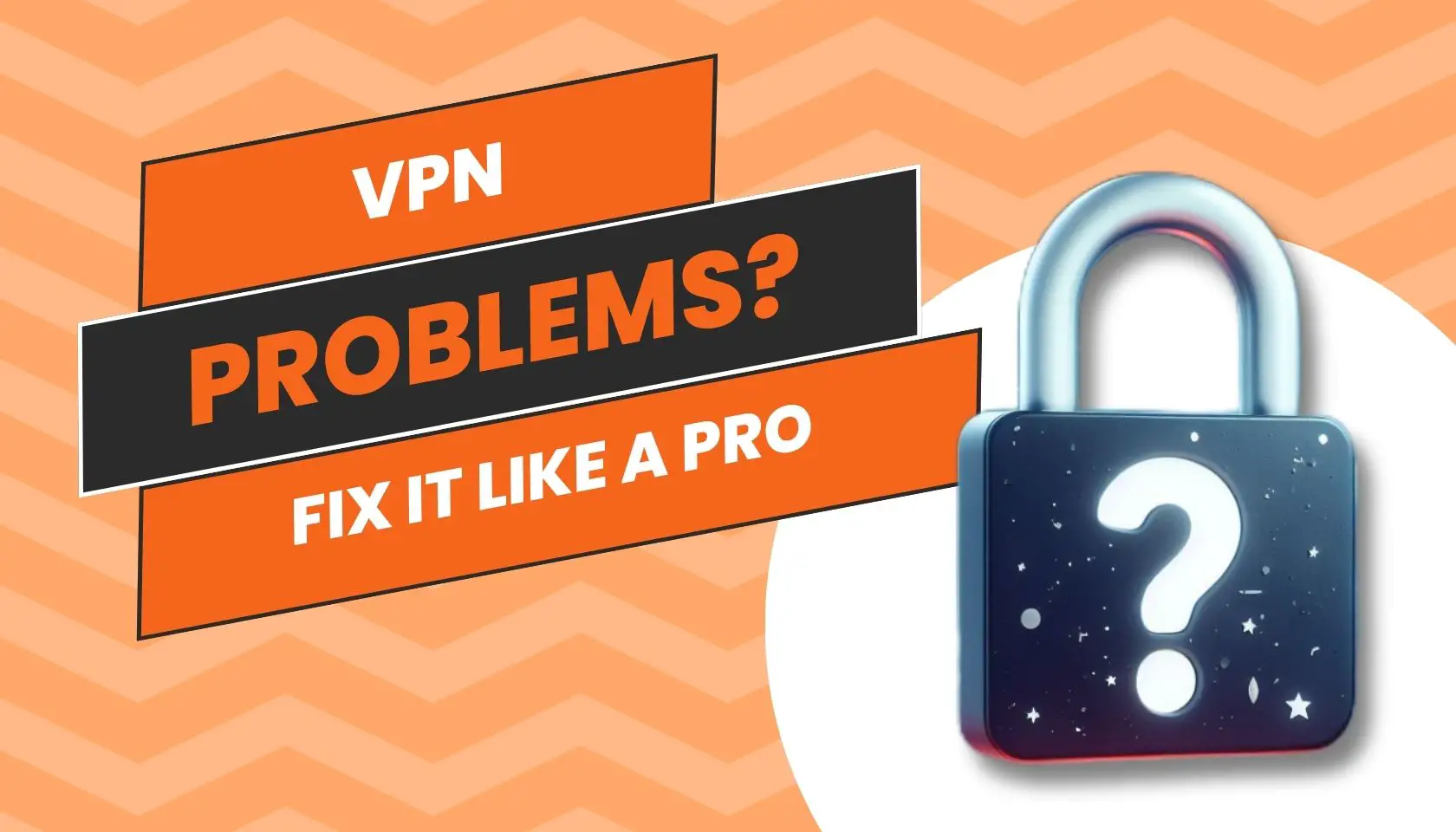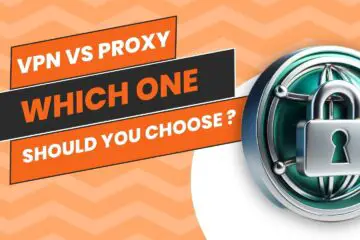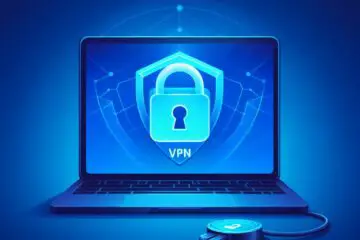VPN Not Connecting? How to Troubleshoot Like an IT Pro

Virtual private networks (VPNs) are a crucial tool for ensuring online privacy and security. They encrypt your internet traffic and hide your IP address, making it challenging for third parties to monitor your online activities. However, VPNs can sometimes run into problems that disrupt your internet access. When your VPN stops working correctly, it can be frustrating and potentially compromise your online security. In this comprehensive guide, we will walk you through the most common VPN issues users face and provide step-by-step solutions to troubleshoot like a pro. With the right techniques and knowledge, you can quickly restore your VPN connection to seamless operation, ensuring that you can browse the internet securely.
Verify Your VPN Connection
1. Check the Status Indicator:
- Look for a VPN status indicator in your system tray or menu bar. Most VPN apps have an icon that changes color or appearance to indicate your connection status.
2. Inspect the App Interface:
- Open the VPN app and check for messages about your connection status. There may be notices if your VPN is disconnected or failed to connect.
3. Verify Your IP Address:
- Visit a website like IPChicken.com to check your public IP address. It should reflect your VPN server if you’re connected.
4. Check Your Location:
- Observe if your location changes. Some websites like Google use your IP address to display your city. When connected to a VPN, this location should change.
5. Access Region-Restricted Content:
- Attempt to access region-restricted content. If you can suddenly access it, your VPN is likely active.
6. Look for Notifications:
- Keep an eye out for notifications from your VPN app that confirm your secure connection.
7. Perform a Speed Test:
- Run a quick speed test to check if your VPN connection is causing slower speeds.
By initially confirming that your VPN is correctly connected, you can avoid wasting time troubleshooting unrelated issues. A quick check can save you from unnecessary headaches later.
Update VPN Software
Keeping your VPN software up-to-date is crucial for the following reasons:
- Outdated VPN apps may have vulnerabilities that expose your true IP address and traffic.
- The latest VPN software may include enhanced encryption and speed protocols.
- Official VPN provider apps receive timely updates for bug fixes, new features, and patches.
- Third-party VPN apps lack the same level of integration and updates as official apps.
Make sure auto-update is enabled for your VPN app so you receive updates as soon as they are released. You can also manually check for updates. On desktop apps, look for an update option in the menu, while mobile apps typically update through the app store.
Updating your VPN software prevents issues related to outdated versions and ensures you have access to new servers, expanded server locations, and improved performance.
Check Your Internet Connection
Before delving into VPN troubleshooting, ensure that your internet connection is stable. An unstable or slow internet connection can lead to VPN problems, including slow VPN speeds, frequent disconnects, or difficulties connecting to the VPN server. Here’s how to check your internet connection:
1. Disconnect from the VPN:
- Test your normal internet speeds at Speedtest or Fast without the VPN. Compare the results to your regular speeds.
2. Reboot Your Modem and Router:
- If the speeds are significantly slower than usual, try rebooting your modem and router. Unplug them, wait 30 seconds, and plug them back in.
3. Directly Connect to Modem:
- Connect your devices directly to the modem via Ethernet, if possible, to isolate the issue.
4. Contact Your ISP:
- If speeds remain slow after the above steps, contact your internet service provider, as there may be an outage or an issue in your area.
Verifying a stable internet connection is essential since many VPN issues stem from problems with your internet speed rather than the VPN service itself. Confirming your internet connection’s stability can save you time troubleshooting other potential issues.
Restart Devices
One of the simplest yet most effective troubleshooting steps for VPN problems is to restart your devices. Restarting your computer, router, modem, or mobile device can often resolve VPN issues by clearing out glitches, caches, or temporary bugs. Follow these tips when restarting your devices:
1. Restart Computers and Mobile Devices First:
- Begin by restarting your computers and mobile devices, as this resets the VPN client software and network connections.
2. Restart Your Router and Modem:
- If necessary, restart your Wi-Fi router and cable modem. This refreshes the network connection.
3. Restart Devices in Order:
- Restart devices in the sequence mentioned above to minimize downtime and leave your primary internet source (router/modem) for last.
4. Allow Time for Reset:
- After restarting, wait a few minutes before reconnecting to the VPN to allow devices to fully reset.
Restarting your devices helps clear out any corrupt data or processes that can disrupt VPN connections. It essentially provides a “clean slate” for your VPN client and network hardware to re-establish normal functioning. Before diving into more advanced troubleshooting, restart your essential network devices to refresh your VPN connectivity.
Reinstall VPN App
If you’ve attempted the standard troubleshooting steps like rebooting your devices or resetting your internet connection, and your VPN is still malfunctioning, it might be time to reinstall the VPN app. Here are some tips for reinstalling your VPN app:
1. Complete Uninstallation:
- Uninstall the existing VPN app completely. Ensure that you also check for any background services or processes related to the app and terminate those.
2. Restart Your Device:
- After uninstalling the VPN app, restart your device to clear out any remnants of the previous installation.
3. Download the Latest Version:
- Download a fresh copy of the VPN app from the official website or app store. Avoid using an old installation file as it may contain corrupted data.
4. Follow Setup Instructions:
- During the installation, follow all setup instructions carefully. Enter your login credentials correctly and allow the app to make any required changes to your device.
5. Test the Connection:
- Try connecting with the VPN app after the reinstallation to see if it resolves the issue. If problems persist, reach out to your VPN’s customer support.
6. Consider Factory Reset:
- If no other troubleshooting methods work, consider resetting your device to factory settings. This will provide a clean slate for the VPN installation.
7. Update Device Software:
- Check for any firmware, driver, or operating system updates on your device and install them before setting up your VPN again. Being on the latest software can help avoid conflicts.
Reinstalling your VPN app can help resolve underlying software issues that may be preventing a solid connection. Just be sure to fully remove old VPN data before reinstalling and closely follow setup steps. A clean install of a VPN app often rectifies connection issues.
Disable VPN Kill Switch
Some VPN apps include a “kill switch” feature that disconnects your internet if the VPN connection drops. This feature prevents data leaks but can also cause connectivity issues. If you’re having trouble connecting to the internet with your VPN enabled, try disabling the kill switch. Here’s how:
1. Open VPN App Settings:
- Open your VPN app settings.
2. Disable Kill Switch:
- Look for the “Kill Switch” option and toggle it to disabled or off.
Disabling the kill switch ensures that your internet remains connected even if the VPN disconnects. However, this action removes a layer of security, so only disable it temporarily for troubleshooting.
The kill switch may prevent internet access due to reasons like a VPN server outage, app glitches, or protocol conflicts. If disabling the kill switch resolves your connectivity issues, you can leave it off. Nevertheless, consider enabling it again if security is a top priority. Resolve the root cause (e.g., by changing protocols) to keep the kill switch enabled.
Change VPN Protocol
One solution for VPN connection issues is to change the protocol your VPN uses. The two most common VPN protocols are OpenVPN and IKEv2 (IPsec). OpenVPN uses SSL/TLS encryption and runs over port 443, providing stability and the ability to bypass firewalls. However, it may be slower than other protocols. On the other hand, IKEv2 employs strong AES encryption and can deliver faster speeds but may be blocked on some networks.
If you experience slow speeds or connection problems on one protocol, try switching to the other. For instance, if OpenVPN results in slow speeds, switch to IKEv2 and check if speeds improve. To change protocols, follow these steps depending on your device:
Windows:
- Open the VPN app settings and find the protocol options. Select the desired protocol and connect to check if the problems are resolved.
Mac:
- Navigate to System Preferences > Network > VPN and click the cog icon next to your VPN. Select the protocol and click OK. Reconnect to the VPN to see if the protocol switch helps.
iOS:
- Go to Settings > General > VPN and tap the “i” next to the VPN. Choose the protocol and click Done. Reconnect to evaluate whether switching protocols improves performance.
Android:
- Access the VPN app, go to Settings > Protocol, and select the protocol. Reconnect and assess the performance.
Switching VPN protocols is a straightforward troubleshooting step that could potentially resolve connection or speed issues. Test both OpenVPN and IKEv2 to determine which works best for your network environment. If you continue to experience issues after changing protocols, reach out to your VPN provider for further assistance.
Contact VPN Provider
If you’ve tried the other troubleshooting steps and are still encountering issues with your VPN, it’s time to contact your VPN provider’s customer support. Many VPN services offer 24/7 live chat or phone support.
Before reaching out to customer support, take note of the specific problems you’re facing. Record details such as which devices are affected, any error messages you encounter, what troubleshooting steps you’ve already taken, and when the problem started occurring. This information will assist the support team in providing targeted assistance.
Anticipate the following questions from your VPN provider:
- What is your username or account email to verify your customer status?
- Which VPN app and version are you using? There may be a bug in an outdated version.
- Which operating systems and firmware versions are affected? An OS update could sometimes cause conflicts.
- If you can connect but experience slow speeds, be prepared to run a speed test.
- Are you encountering connection errors? Note the exact wording of the error.
- Does the issue occur on your home Wi-Fi, cellular data, or both? Identifying the origin of the problem is essential.
- Have you tried reinstalling the VPN app and rebooting your router? Mention important basic troubleshooting steps.
- Did you make any changes to your internet, network, or device settings before the issue arose? Identifying potential causes is crucial.
Providing detailed information demonstrates your proactive troubleshooting efforts and streamlines the resolution process for the support representative.
In summary, don’t hesitate to reach out to your VPN provider if you’re experiencing persistent problems. While troubleshooting VPN issues can be challenging, their technical experts have the knowledge to help restore your connection.
Conclusion
VPN connections play a vital role in safeguarding your online privacy and security. However, connectivity issues are bound to arise, hindering your ability to stay secure and anonymous online. The troubleshooting tips provided in this guide are designed to help you diagnose and resolve the most common VPN problems efficiently. By verifying your VPN connection status, keeping your software up-to-date, checking your internet connection, restarting devices, reinstalling VPN apps, disabling the VPN kill switch, and experimenting with different VPN protocols, you can quickly regain access to secure and private internet browsing. These solutions are your key to resolving common VPN issues and ensuring uninterrupted online security. Don’t ignore connectivity problems – take the time to troubleshoot, and you’ll be back to privately and securely enjoying the internet in no time.


